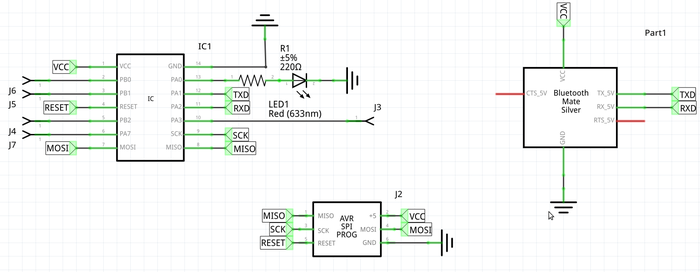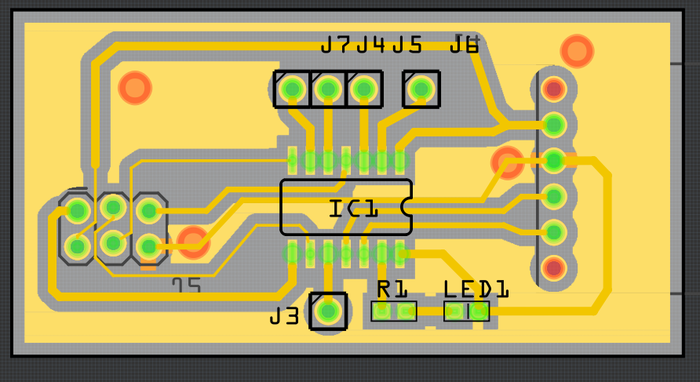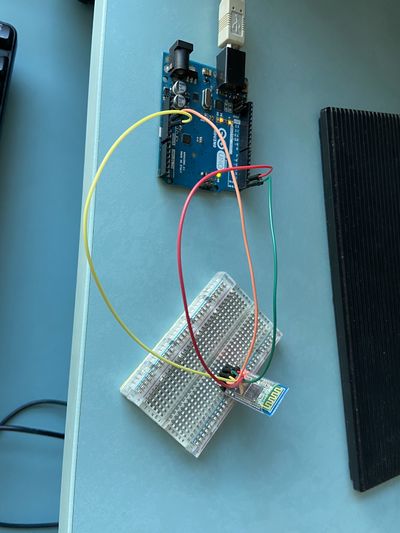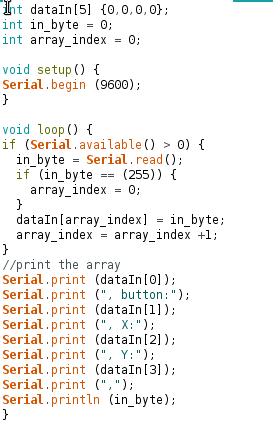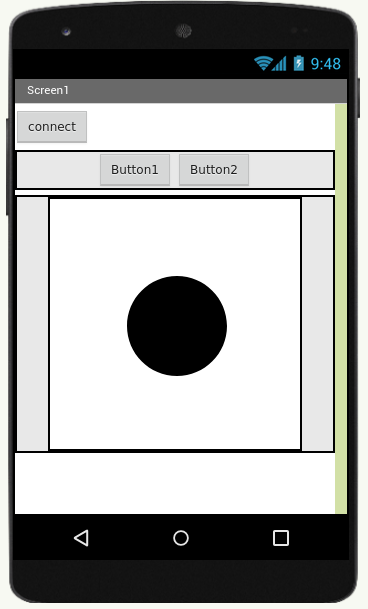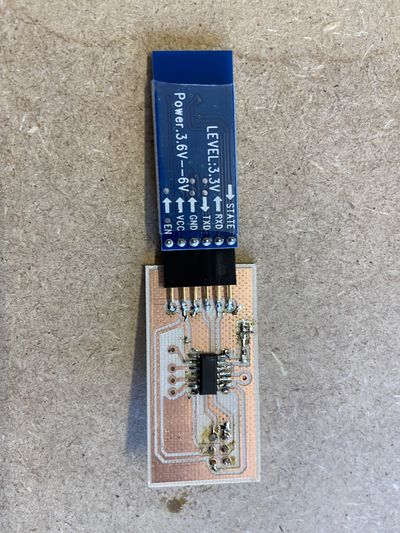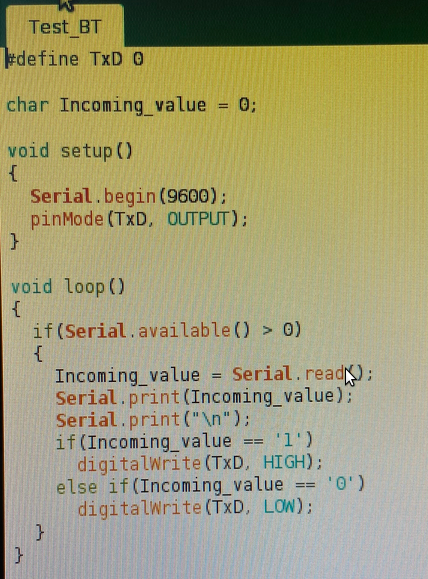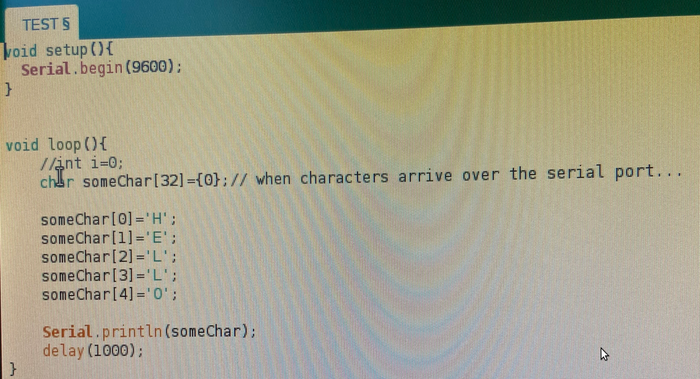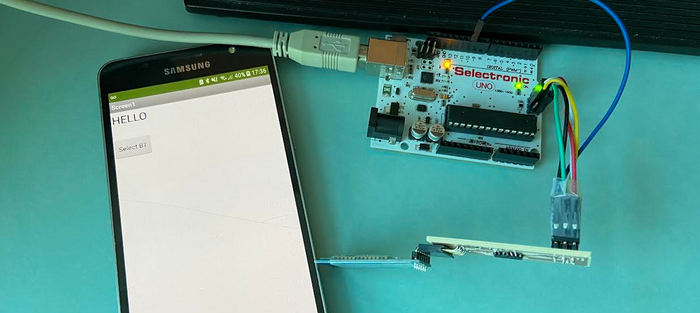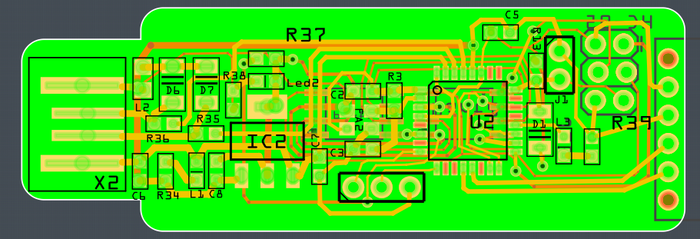Binome2021-8 : Différence entre versions
De Wiki de bureau d'études PeiP
| Ligne 20 : | Ligne 20 : | ||
<div class="mcwiki-header" style="padding: 15px; font-weight: bold; text-align: center; font-size: 80%; background: #fc3e18; vertical-align: top; width: 100%;"> '''Fritzing''' </div> | <div class="mcwiki-header" style="padding: 15px; font-weight: bold; text-align: center; font-size: 80%; background: #fc3e18; vertical-align: top; width: 100%;"> '''Fritzing''' </div> | ||
| − | + | ||
<br style="clear: both;" /> | <br style="clear: both;" /> | ||
| Ligne 88 : | Ligne 88 : | ||
<br style="clear: both;" /> | <br style="clear: both;" /> | ||
| + | [[Fichier: LouisG_MartinC_Bluetooth.zip]] | ||
[[File:PCB_Cle_BT.png|thumb|left|700px|PCB carte BT]] | [[File:PCB_Cle_BT.png|thumb|left|700px|PCB carte BT]] | ||
<br style="clear: both;" /> | <br style="clear: both;" /> | ||
Version du 4 avril 2022 à 10:17
INTRODUCTION
Bienvenue sur le Wiki de Louis.G et Martin.C, l'objectif de notre BE est de créer une clé USB personnalisée.
Cette clé USB devra être fonctionnelle et dotée d'une fonction supplémentaire.
Nous avons choisi de créer une application sur laquelle nous pourrons contrôler la souris de l’ordinateur via notre téléphone connecté en Bluetooth à la clé USB.
Voici les différentes étapes de réalisation :
- Création du circuit à l'aide Fritzing
- Soudage des différents composants
- Programmation du microcontrôleur
- Réalisation de l'application mobile
- Fabrication du Boitier
Fritzing
Test HC-05
Soudure
Premier test en Serial
Fichier:Test-en-Serial.gif
Test en Serial
Test en SoftwareSerial
Cle USB avec fonctionnalité
Fichier:LouisG MartinC Bluetooth.zip
